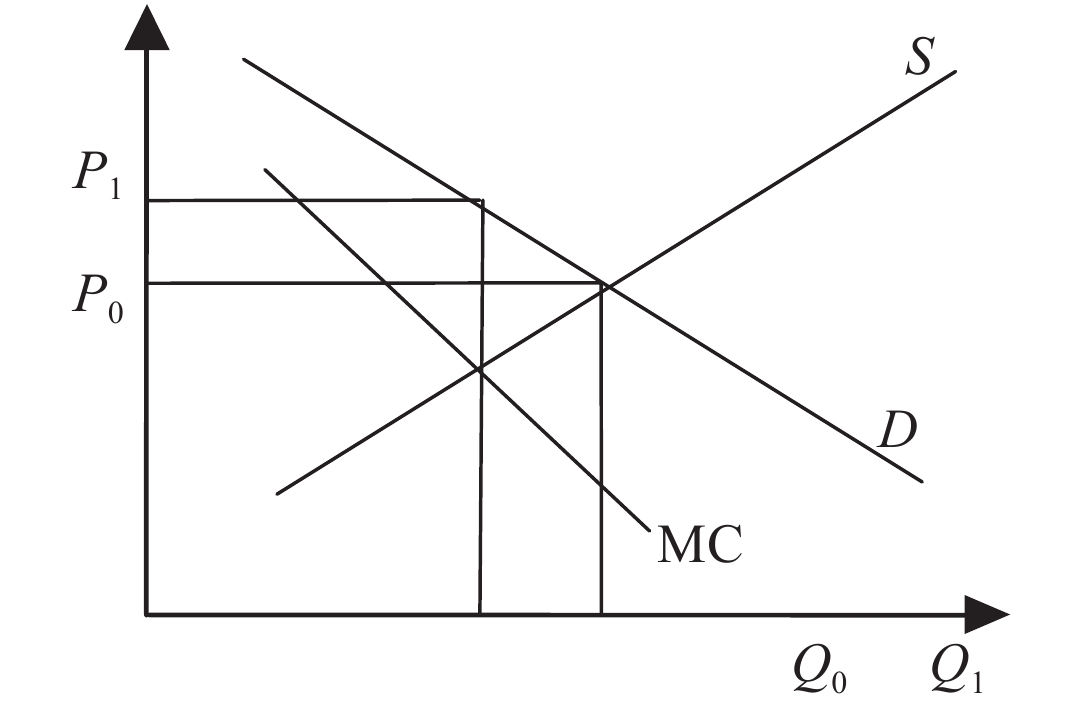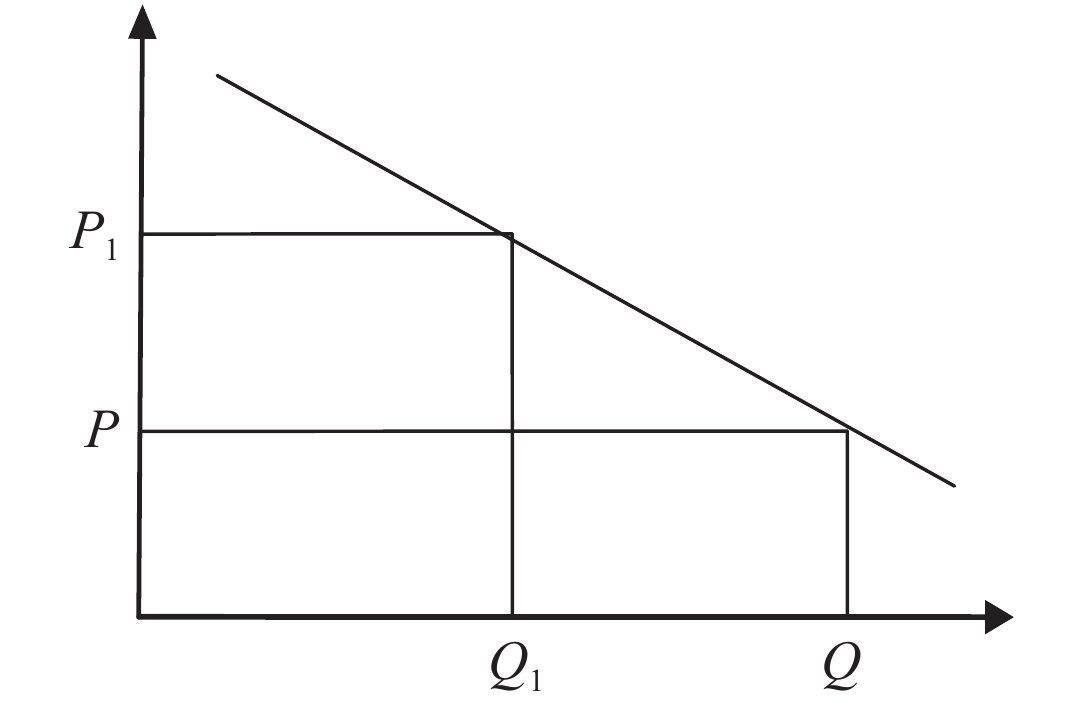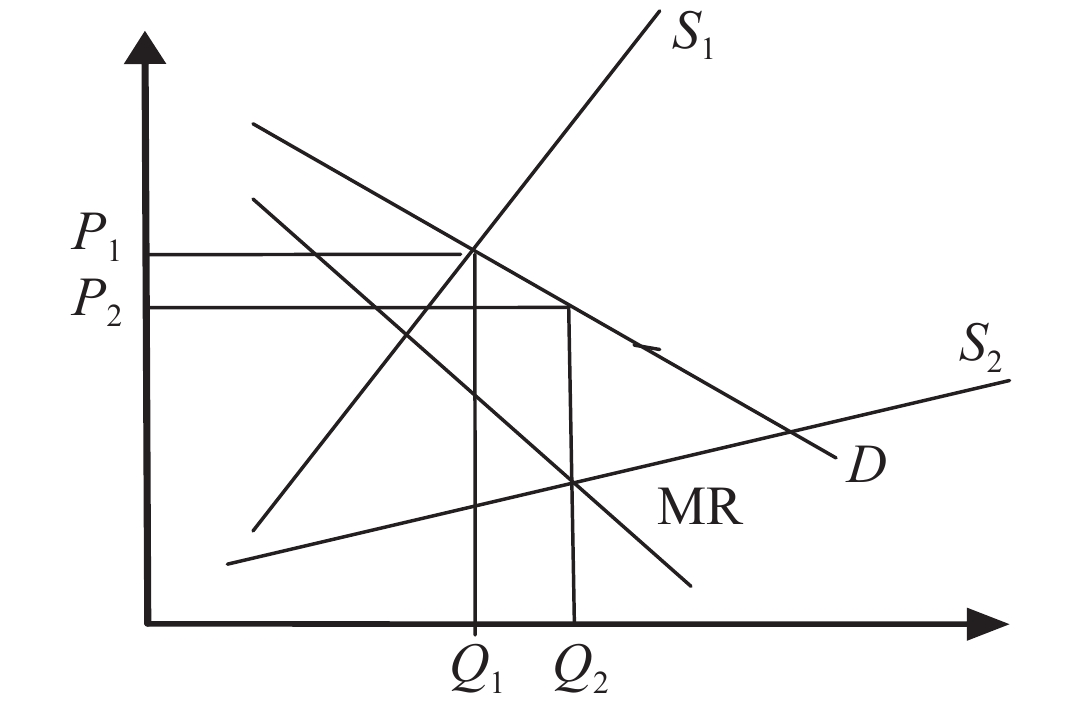The Comparison of the Advantages and Disadvantages of Resource Allocation of Four Market Structures
- Available Online: 2022-12-15
Abstract: Free competition maximizes output and minimizes price to achieve optimal resource allocation is a wrong conclusion obtained by neoclassical economics by the method of synthesis fallacy. On the static side, output (price) is directly proportional (inversely proportional) to the degree of market power, that is, free competition has the lowest output and highest price, while monopoly has the highest output and lowest price. Because the constraint conditions on resource allocation between industries and firms are completely different, industry equilibrium is incompatible with firm optimality, which makes free competition the most unstable and therefore the worst market structure, while monopoly is the most stable and optimal. In terms of dynamics, free competition is a market structure that is the most unfavorable to technological progress. Monopoly also becomes an obstacle to economic development because it hinders technological progress. Oligopoly and its close monopoly competition have become the most favorable way of resource allocation for economic growth and social welfare improvement.




 沪公网安备 31010102003103号
沪公网安备 31010102003103号 DownLoad:
DownLoad:







